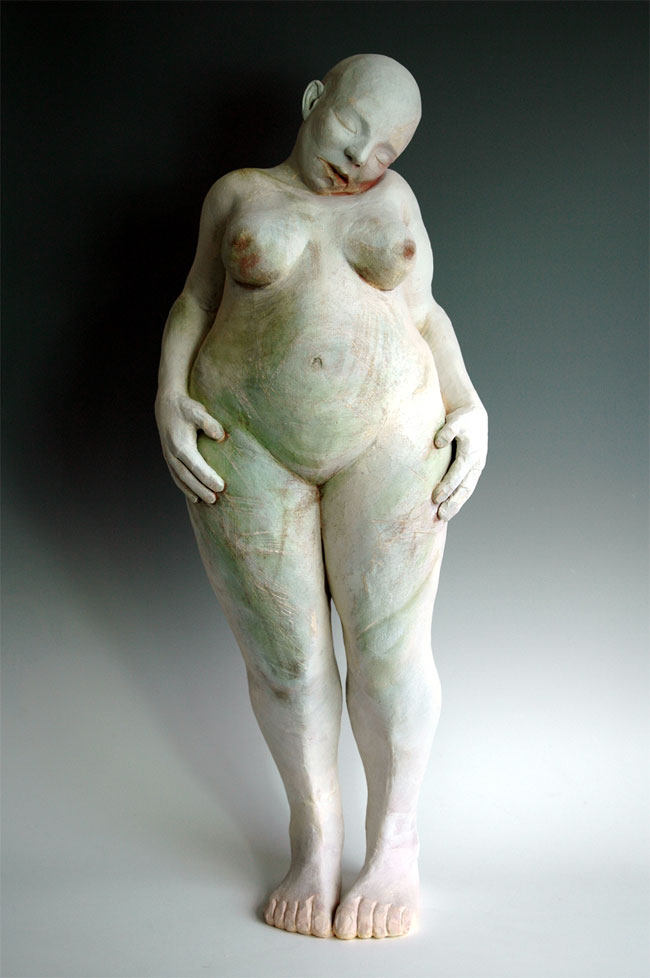Skin is often linked to notions of wholeness and completeness. It is not found only in one area of the body, it appears everywhere, not simply forming the surface of the body but responding to the body’s internal structure to create the terrain we recognise as the human form; following the extremities of cavities by turning inwards to form the familiar hollow of the mouth, the labyrinth of the ear and the knot of the anus. And yet, skin is not an impermeable container of the body, keeping in and keeping out; it breathes. Its very fibres are in constant flux by virtue of discrete and multiple interactions between the inner body and the outside world. It absorbs and emits, becoming a part of our immediate surroundings by sharing the breath of intimate conversations, the humidity of the atmosphere and the temperature of cool air. In fact, on closer inspection, it is difficult to define skin as an entity in its own right before describing its characteristics according to either internal or external forces. These impressions upon the flesh offer a rich network of interactions and associations long explored through the body in art, particularly, in discussions on the threat to identity that can arise from a border so constantly breached. Skin is both literally and metaphorically understood as concealing or exposing what is familiar, desired and accepted of our body image. It is understandable therefore, indeed necessary, that such concerns lead to notions of fragmentation, mutilation or fetishisation of skin. Skins two- folded-ness, however, its absorption of the external world and emission of internal properties can also be examined and represented as a more integral part of the body. The figurative work exhibited as part of the Fragmented Figure exhibition, arises from an enquiry into the ways in which the emphasis of flesh and skin in figurative ceramic artworks can be understood, discussed and demonstrated in terms of aesthetic properties. In particular, how the interaction between expression, representation, surface and form can create or prompt certain perceptual relationships suggestive of sensations or emotional states associated with flesh and skin. Included are examples of initial test pieces devised to establish common traits between clay and skin and the application of these findings to achieve more particular emphasis in larger scale figurative artworks.

No comments:
Post a Comment